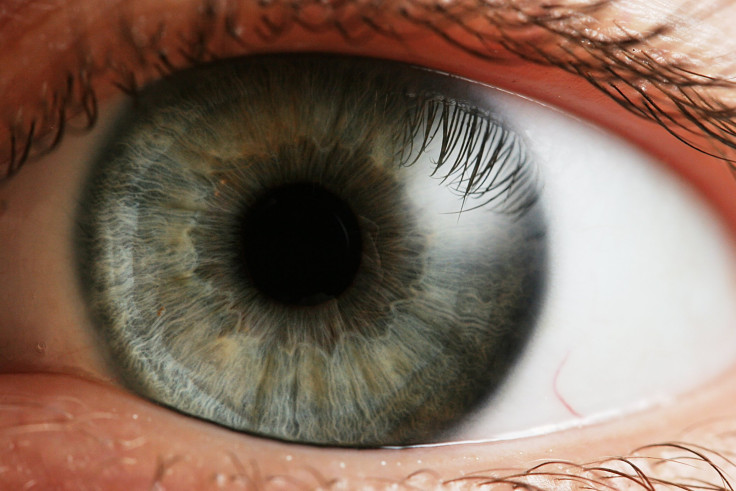Newly Identified Genes May Hold the Cure To Nearsightedness

24 New Genes have been shown responsible for myopia, as reported in a report in Nature Genetics. Scientists believe that knowing which genes cause near sightedness may help in developing future treatments.
Up to 30% of westerners and around 80% of 18 yearolds who complete high school in Asia suffer from myopia.
Nearsighteness occurs when the eye grows too much in length during childhood causing light to focus slightly ahead of the retina instead of on it.
Currently people use glasses, contacts or go through laser treatment to correct their vision
The new genes were found to be responsible for eye development, eye tissue healing, and in the structure of the eye. Having certain mutations in the genes were found to associate with having a tenfold higher incidence of myopia.
Professor Chris Hammond, lead author in the report said:
"We already knew that myopia, or short-sightedness, tends to run in families, but until now we knew little about the genetic causes. This study reveals for the first time a group of new genes that are associated with myopia and that carriers of some of these genes have a 10-fold increased risk of developing the condition.Currently myopia is corrected with glasses or contact lenses, but now we understand more about the genetic triggers for the condition we can begin to explore other ways to correct it or prevent progression. It is an extremely exciting step forward which could potentially lead to better treatments or prevention in the future for millions around the world."
The finding begs the question: If you could give your children a treatment to prevent the development of myopia would you?
The article published today online in Nature Genetics can be found here



























